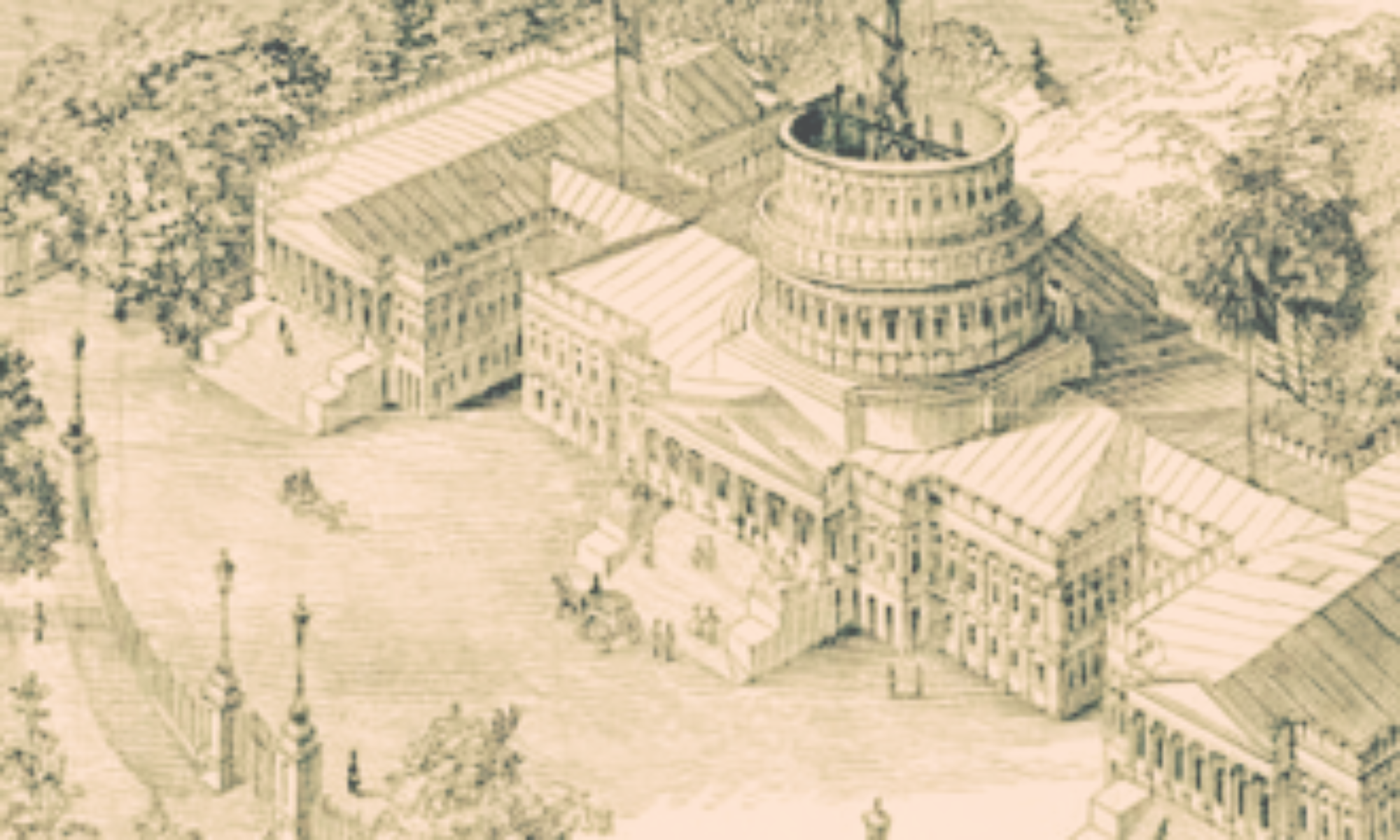In the latest national polling it seems that both major party candidates remain neck and neck, with a large number of states in play in the Electoral College. You may have heard this on your favorite news program recently.
What makes these facts interesting is that the facts come from August 22, 2004.
Despite prodigious fund raising, integrated organizational advantages, lopsided press coverage and general curb appeal, it would appear that Obama and the Democrats have a race on their hands.
Four years ago, Senator Kerry was leading President Bush by 1-3%, in national polls, with Kerry leading 47% to 44% in an August 24th poll. According to Real Clear Politics.com, the nine most recent national polls for the month of August show an Obama advantage of 1-3%, currently 45%-43%.
Further, many of the individual state races, where the election is won through the Electoral College, mirror 2004 as well. Consider the following chart from battleground states:
| State | 2004 Poll | 2008 Poll |
| VA | Bush +3 | McCain +.05 |
| OH | Bush +1 | McCain +1 |
| MI | Kerry +3 | Obama +3 |
| FL | Kerry +1 | McCain +1 |
| CO | Tie | Tie |
| NV | Bush +3 | McCain +1 |
| MO | Bush +1 | McCain +7 |
In 2004, the Electoral-Vote Predictor had Kerry in the lead 301-213 with the 16 toss up states included. According to Real Clear Politics.com today, when the 12 states listed as toss-up are added in, McCain is leading in the Electoral College 274-264.
What makes the similarity between 2008 and 2004 interesting is fundamental difference in voter attitudes and general economic conditions.
According to a NBC/Wall Street Journal Poll, President Bush’s approval rating in August 2004 was 49%. Today it is 34%, a 15 point drop.
According to a Los Angeles Times/Bloomberg poll, 76% of Americans believe that the country is currently on the wrong track. That number was 54% in 2004, a 22 point increase. Further, ABC News maintains a “Comfort Index” rated on a scale of +100 to -100 to measure voter attitudes. In August 2004, the rating was -7. Today that rating has fallen to -50.
Economically, while unemployment today is roughly where it was in 2004, inflation has increased from 2.6% to 4.4%, increasing the price of food and fuel. National economic growth for the first three quarters of 2004 averaged out at healthy 3.3%. The first two quarters of 2008, with the fallout from the housing crisis and oil prices, shows a struggling average of 1.4%, as new job creation slows and businesses conserve.
Not to put to fine a point on it, but based on with current underlying voter anxiety and economic uncertainty, Obama should be running away with the election. These are the kind of voter/economic conditions that usually lead to election landslides.
Consider that the US Congress has an institutional approval rating of 9%. But even as the most unpopular branch of government, the Democratic majority, which ostensibly has pursued the policies that earned the rating, maintains an 11 point lead over the Republicans in the generic ballot. Compare that with the McCain-Obama race, and Obama is significantly under performing at the presidential level, having lost ground since early summer.
Partisans are reassured by history. Many have expounded that the 1980 election is remarkably similar to condition is 2008, framed by significant economic anxiety at home and foreign policy challenges abroad. In that election, President Carter maintained a small lead through the summer and into the early autumn. However, voters broke decisively toward the challenger, then-Governor Reagan after the only presidential debate in late October, creating a Reagan landslide.
But as much as it seems the same, it is not. 1980 pitted an incumbent defending a difficult record against a two-term governor with more than 16 years in national politics. The last election where neither the incumbent president nor vice president was on the ballot was 1952. At that time, popular and proven war hero Dwight Eisenhower challenged 20 years of Democratic control of the presidency and was pitted against Illinois Senator Adlai Stevenson. Eisenhower led by 15 points through most of the summer and won a landslide that November. A model that does not seem to apply here either.
Summer polls are like summer breezes; comforting at the time but forgotten by November. Still the Obama campaign and Democrats in general should take pause from today’s numbers as they prepare for the convention in Denver. Pundits have been talking about a “can’t lose” election for Democrats for over a year based on sour voter attitudes and a contracting economy. The flawless public performances by Obama and the energy he has generated among supporters has only increased this assumption.
But despite the Obama phenomenon the political facts on the ground have not lived up to expectations. “An army of pompous phrases moving across the landscape in search of an idea,” said Democrat William Gibbs McAdoo, early in the 20th century.
A sure thing is starting to look like a fair fight. The Obama people should take notice.
The McCain people certainly have.
